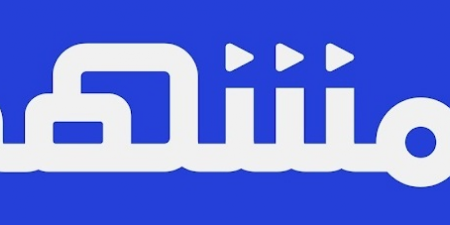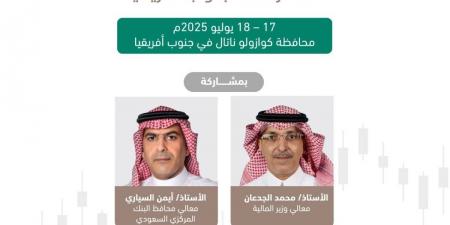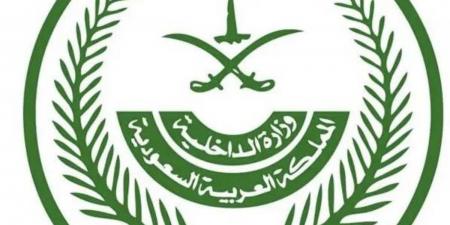نعرض لكم زوارنا أهم وأحدث الأخبار فى المقال الاتي:
Saudi Arabia’s Pharma Leap to Global Leadership, اليوم الخميس 17 يوليو 2025 08:19 صباحاً
Dear reader, over the past decade, Saudi Arabia has undertakenan ambitious overhaul of its healthcare and life sciences landscape. Guided by Vision 2030, the Kingdom is positioning itself as a knowledge‑driven economy with a robust, self‑reliant pharmaceutical sector. Recent data from IQVIA andEuromonitor highlight progress on several key fronts, including market expansion, manufacturing capacity, hospital infrastructure, and tender market dynamics. Here’s a closer look at the numbers and why they matter.
Across the broader Middle East and Africa (MEA) region, pharmaceutical sales increased from USD 24.2 billion in 2020 to USD 29.5 billion in 2023 and are projected to surpass USD 32.6 billion in 2024, representing a cumulative growth of approximately 35% over the four years. Saudi Arabia is the primary growth driver, with the Kingdom’s share increasing from USD 8.7 billion to USD 11.6 billion, underscoring strong domestic demand and rising purchasing power. The UAE, SouthAfrica, and Algeria follow closely, while smaller markets, such as Lebanon, Jordan, and Kuwait, are expanding steadily from a lower base.
Dear reader, Zooming in on Saudi Arabia’s five largest therapy areas, combined sales rose from about USD 3.8 billion in 2019 to a forecasted USD 5.6 billion by 2026 (a 6.5 % compound annual growth rate). General medicines alone are expected to exceed USD 2.8 billion by 2026, followed by consumer health products at roughly USD 750 million, driven by trends in preventive care and wellness. Dermatology, digestive health, and ophthalmology remain smaller niches, but they are growing at 5–7% per year as urban lifestyles increase demand for allergy treatments and chronic disease medications.
Government tenders remain the backbone of public procurement, valued at approximately USD 5.6 billion. Two multinationals, Hikma and Sanofi, lead with 9 % share each. Local champions SPIMACO (8%) and Tabuk Pharmaceuticals (7%) rank closely behind, while Pfizer, Novo Nordisk, and Novartis each hold 5–6%. At the other end of the scale, Jamejoom Pharma captures just 1 %, signaling headroom for domestic firms to ramp up portfolios tailored to tender specifications.
Dear reader, domestic production is spreading across a broader base of players (over 2,100 registered items). Pharmaceutical Solution Industries (PSI) tops the chart with 21% of national output, followed by Tabuk (18%) and SPIMACO (15%).Jamejoom, Riyadh Pharma, and Jazeera Pharma each command roughly 8–9 %, while a long tail of other manufacturers together accounts for 20 %. The distribution highlights Ministry of Industry incentives to increase local content, promote innovation, and enhance exports, particularly following the launch of the National Biotechnology Strategy.
Dear reader, several forces are converging: sweeping healthcarefinancing reforms, incentives for local manufacturing that deepen supply chain resilience, a welcoming stance toward foreign direct investment, and rapid digital adoption, from telemedicine to e-prescriptions. Although rising healthcare costs and chronic disease burdens pose challenges, current indicators suggest an ample runway for both local and international drugmakers, especially in biologics, targeted therapies, and self-care products.
Saudi Arabia is charting a course to become the region’s premier hub for pharmaceutical innovation and high‑quality healthcare services. With a sizable domestic market, expanding infrastructure, and policies favorable to private enterprise, the Kingdom could, by the end of the decade, rank among the most attractive healthcare markets in the broader Middle East and North Africa.
In short, the “Saudi pharma leap” is no longer aspirational rhetoric; it is unfolding on the ground. Continued execution will be vital, but the trajectory points to a future where Saudi Arabia not only meets local medical needs more efficiently but also exports health solutions to the world.



















0 تعليق